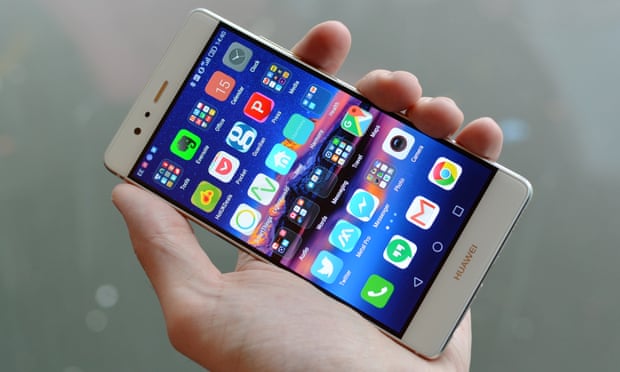Samsung Galaxy A5 review
KEY FEATURES
- Full metal unibody design
- Snapdragon 615 CPU
- 13-megapixel main camera
- 5MP front-facing camera
- 16GB internal memory 2GB RAM
- 4G
- Manufacturer: Samsung
- Review Price: £349.00
WHAT IS THE SAMSUNG GALAXY A5 (2016)?
Samsung has mastered the high-end with the Galaxy S7 and Galaxy S7 Edge, but it has always struggled a with affordable devices. This is because Samsung kept skimping on important features to save money.
That changed with 2015’s Galaxy A5, and even more so with the updated 2016 version. The Galaxy A5 (2016) ticks all the right boxes; good screen, fast camera and sleek design. But it’s still not perfect, and some of Samsung’s older issues come back to haunt it.
SAMSUNG GALAXY A5 (2016) – DESIGN
Remember Samsung’s Galaxy Alpha from 2014? A lot of people don’t, but this minor release was vitally important. It was a turning point where Samsung shifted its design focus and began creating handsets capable of standing beside the iPhone visually. The A5 (2016), like last year’s version, is the spiritual successor to the Alpha.
It’s all metal and glass, with rounded corners and a flat back. It lacks the curved sides that make the Galaxy S7 such a pleasure to hold, but it’s still comfortable in hand.
Metal phones in this price-range are far from rare, Honor and OnePlus have been doing it for a while, but none feel quite as good as this. The volume buttons and lock switch have a satisfying click, while the microUSB port and speaker grilles on the bottom are finely cut and precise. The headphone jack sits on the bottom too, a design choice I’m always on board with.
The Galaxy A5 is slightly taller than both the Galaxy S7 and S6, but ever so slightly lighter.
As is typical with just about every Samsung phone, there’s a home button sitting below the screen. Tucked inside is a fingerprint scanner that’s about as fast as the one on the S7, but it seems much less accurate. It can’t compete with the Honor phones for unlocking speed, but it’s absolutely fine.
There’s a strong hint of the Galaxy S6 here, and it’s still a fingerprint magnet. Use the phone for 5-minutes and it will be covered in marks and smudges. There are a couple of improvements in design though; the ugly blue colour scheme has gone for a much nicer black and there’s almost no camera hump.
The Galaxy A5 is easily one of the sleekest looking phones at this price-range. It feels much sturdier than the OnePlus X (£199) and it’s much nicer than the plastic Nexus 5X.
SAMSUNG GALAXY A5 (2016) – DISPLAY
Samsung’s displays have long been regarded as the pinnacle of mobile screens, with the Galaxy S7 currently the best out there.
While the A5 isn’t going to match its classier brothers for visual fidelity, it’s still a great display for the price.
It’s 5.2-inches, with a 1080p resolution and uses Super AMOLED tech which is the killer feature.
It’s bright, vivid and oh so colourful just as you’d expect from AMOLED. If you prefer something a little more true to life, there are a number of screen modes to choose from. I like the default one myself, but it’s all down to personal preference.
Whites can sometimes look a little muddy, but blacks are deep and bright colours have multiple levels of vibrancy. Outdoor visibility isn’t great though, unless you jack the brightness up (or keep the rather uneven auto-brightness on) all the way. Thanks to the dense resolution, pixels are universally hard to spot unless you get really really close.


